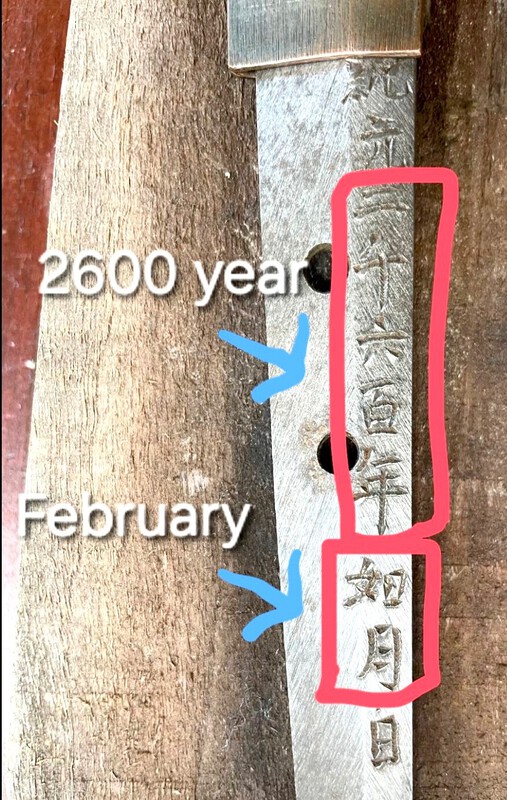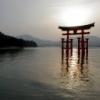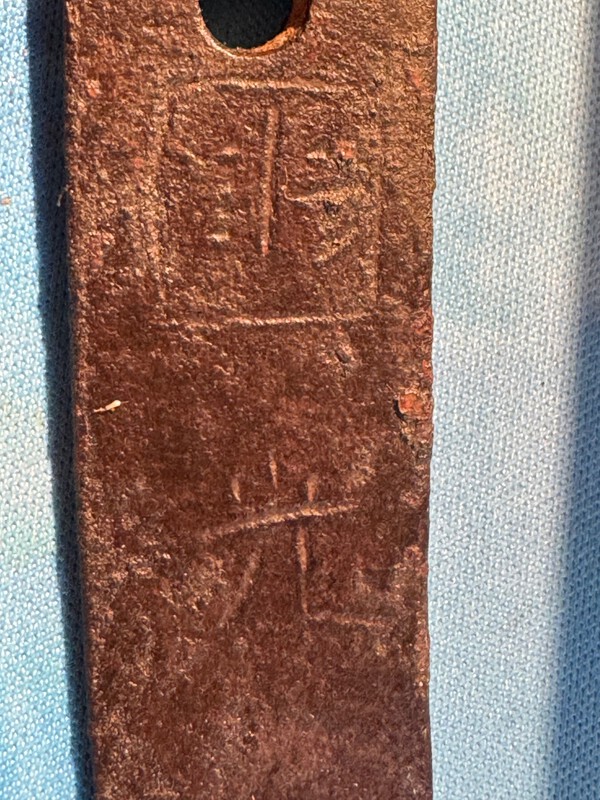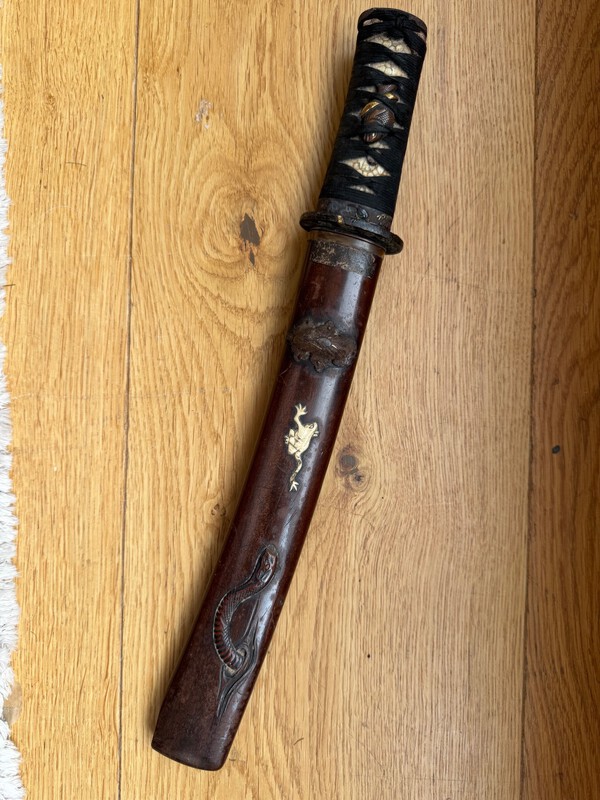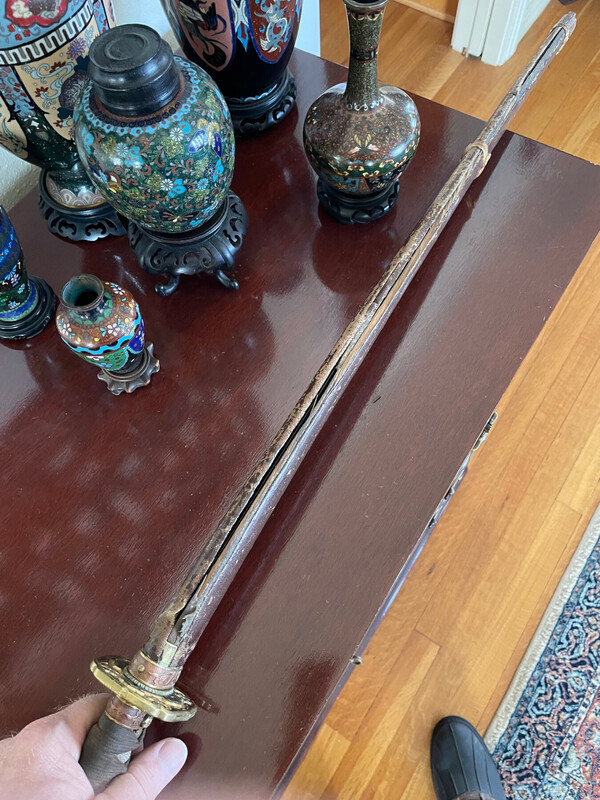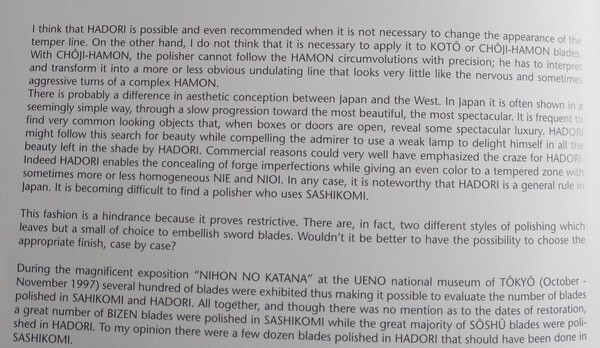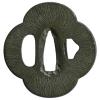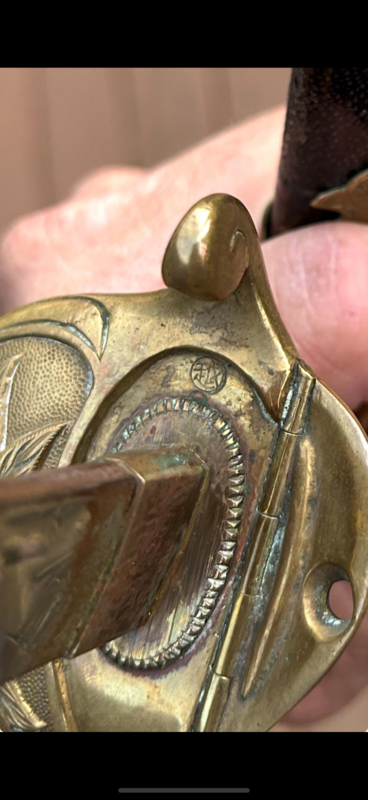All Activity
- Past hour
-
JTO joined the community
-
Hi. I’m trying to find information on a friend’s sword that she inherited from her grandfather. He brought it back from the Pacific Theater after WW2. I think I have a partial date on one side of the sword transcribed that indicates it was made in February of 1940. Can someone transcribe the remaining characters and perhaps the maker on the other side, please? Thank you.
-
Thanks all! Good to know, I will check!
-
Curran, in total agreement with you, I did not think this piece was worth much more than 3K, I would have at least expected papers at that price considering in came from Japan. Jason
- Today
-
Pretty sure this IS a Showato, yip. And is illegal in Japan.
-
Roger, One thing you should check on is whether a Seki-stamped blade can be imported to Japan. They seem to still occupy a legal gray area. If it can’t be imported it might be destroyed before it even gets to a potential family member. The Japanese embassy folks might be under the impression you are trying to return an actual antique sword.
-
The blade is signed Kunimitsu 国光. Avoiding any type of self-cleaning or polish is a wise choice. Do you have any pictures of the full blade out of its fittings?
-
Showato, untraditional blade.
-
I'll add that while I was able to dismantle the knife carefully and have retained all the parts, I thought it wise not to attempt any kind of cleaning or restoration without advice. The marks may come up a little better. I am assuming this is mid 19th century, but perhaps Edo is not a stretch? In any event I love the various beasts and it looks wickedly effective as a small fighting knife. The whole blade is 33cm, and 22cm to from tip to the bronze mount with a 'seal'? aperture.
-
Breezy joined the community
-
I would appreciate any assistance translating the text/ signature on this antique Tanto. I have added an image of the blade tang with rather worn marks and guard which is more legible. Any assistance on blade type would be helpful too! Thanks
-
The sword IS interesting. When I bought it, I was very concerned that it was completely dull. I sent pics of it to a friend and he asked to see the Saya. The wood Saya was completely severed the entire length of the blade. He surmised that follow-on owners had improperly displayed the sword for many years which had split the Saya and dulled the blade. Additionally, the cloth wrappings on the Tsuka were heavily soiled (extremely soiled), leading me to speculate where the sword had seen conflict. For that reason, I wanted to return the sword. After many years in the Army, I felt the sword/Soldier spoke to me. Kind of corny but that's what drove me to find it's owner's family. Some pictures are attached. 西澤一守刀 Sword of Nishizawa Kazumori 昭和十八年 18th Year of Shōwa (1943) Pic.2, 良重 Yoshishige Yoshishige was the art-name of swordsmith, his real name was Komiyama Ryōzō 小宮山良三 (1902- ?) from Seki, Gifu Prefecture.
-
Sounds like an interesting sword. Typically, you see the swordsmith name on one side of the nakago, and a date on the other. I have heard of swords with the officers names inscribed on the nakago, but in my years of collecting i've never personally seen one. Thanks for sharing your sword with us. Best of luck, -Sam
-
@Bruce Pennington received and in hand, only a small anchor stamp and the number is correct. I can see the nakago has been cut off crudely at the end. seems so strange to put so much effort into these then just roughly cut the nakago at the end, it's not even straight. the belt that came with it seems to have a name written in ink inside of it (while not related to the souvenir mounted sword i assume, it's a nice thing to find) says Matsunaga Seiichiro
-
The stamp looks like 越 which could be pronounced “koshi.” I might be very off with pronunciation since I have no formal training in spoken Japanese
-
Bump for peps who dont get it yet.
-
Rawa started following Japanese Old Sword Database
-
-
Good eye Conway, I didn't even notice that small mark half under the seppa. Almost looks like the top half of the Nagoya sea creature stamp. Possibly a sub-assembly number makes sense, thank you. I am mostly curious about the main stamp above it. My first thought was a naval anchor that's been stamped over, but nothing I find quite fits
-
That is what I thought. I do like the way the way the banner flows in the wind - nice piece!
-
Sam, I don’t think the green marking partially obscured by the seppa would be a duplicate maker or inspection stamp. I think it could be a sub-assembly number as I have seen these on guards before in the form of Arabic numerals and katakana.
-
Thanks, Sam, haven't seen that one. We should be able to get a read on that from @Kiipu or @SteveM
-
They had suggestions for the same problem, here: Be sure to get a good Japanese sword cleaning kit. They are easy to find online for around $13. Here's a link for care and cleaning: Japanese Sword Care
-
Thanks, Tobi. Sam records/tracks the numbers. Search online and you can get for around $13 a good Japanese sword cleaning kit. An oiled rag will clean most of the parts and improve the look of your whole sword. Here is a link to care and cleaning: Japanese Sword Care
-
A good Sashikomi polish is best in my opinion, much better when on display also.
-
Here’s a head scratcher. Is this two stamps ontop of each other? Found on Reddit, on a Japanese saber known as “Taiwan sword for sonin level officials” in Dawsons.
-
Hi Dale @Spartancrest I bought it off of angeloch some time back here on the forum. I think they said the tsuba was a gift? The one in your picture with the orange fabric background looks like it is mine
-
Very personal observations: I would argue that much of "what is proper polish" reflects not so much the difference in blades as difference in collectors. I have seen people who like "Honami polish", mostly Japanese, who argue it is the proper nihonto aesthetic and if you don't like it you are a garish foreigner. Is Fujishiro better than Honami Nishu, and how do they stack against Kenji Mishima? I know my answer to these questions, but I heard exactly the opposite opinions, in some cases expressed by people significantly more experienced. Specific example, controversial one, is how does nioiguchi needs to be accented. Quite a few who studied part time under Nagayama react strongly when they see a nioiguchi where you can see it over long, like 5 inch, segment rather than about 1 inch long area, and even that at very large view angles. They immediately say its acid etched, or its not a proper Japanese polish etc. But then there are even upper grade Meiji-Gendai blades that sort of come out like this in almost any polish. Another thing is overall quality of polish varied a lot in the past 150 years. I've seen quite a few blades which were not polished ever since 1850-1900 and I was actually very impressed by the work. On the other hand some of the supposedly "really good" works from 1930s-1950s left me wondering. Better grade "Sashikomi" from 2000s and "sashikomi" today can be very different beasts. Could it be that "anti-sashikomi" feelings common 20 years ago were a reaction to some inferior early Showa polishing jobs? I don't have a strong enough experience to confirm or deny, but maybe someone else does.

